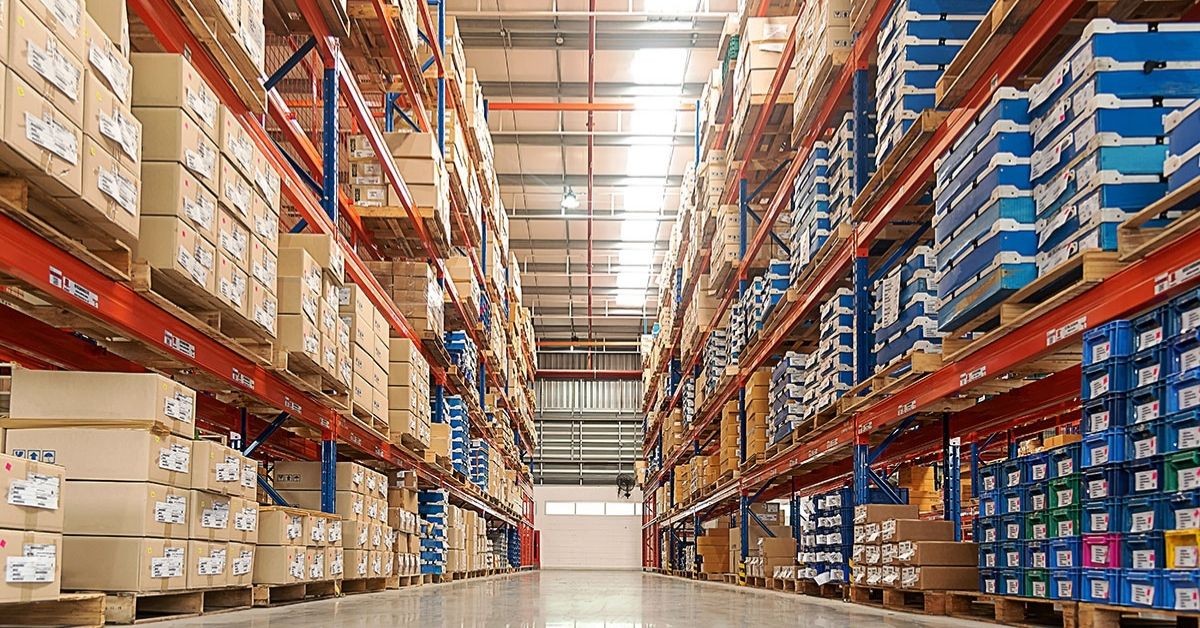Every day, Shiv Kumar sets out to work on his new Hero Splendor from Patherheri village in Haryana’s Gurugram district toward Tauru Road—a long stretch just off the National Highway 48. Over the last few years, the road—surrounded by fields of wheat, jowar, bajra and mustard—has slowly metamorphosed into a warehousing hub, thanks to the e-tailing boom.
Kumar saved up over the last three years to buy the bike. Savings entered his vocabulary after he started working with Mahindra Logistics Ltd, a third-party logistics (3PL) provider. He is a “picker”. He picks brown boxes from pallets stored inside the warehouse and loads them onto trucks for shipment. The job isn’t fancy, but it is a key position in the serpentine e-tail logistics chain. And it has changed Kumar’s life many times over.
Kumar’s previous job was at a kirana store, where he worked as a daily wager. Now, he has transitioned to a formal job. Besides minimum pay, he gets social security benefits. “I can send my kids to a good school,” Kumar said, sitting masked at the warehouse. His village has changed too, mimicking the mushrooming of warehouses on Tauru Road. “A new school opened in our village. There used to be no proper roads,” Kumar said. “But over the last three years, better roads have been built. And with streetlights,” he added.
About 7,000 live in Patherheri; nearly 400 of them work in the logistics sector, Kumar estimates. Like Kumar, many of them transitioned from odd jobs or farm work. In the warehousing sector , bottom-of- the-pyramid workers today earn between ₹10,000 and ₹15,000 a month. Not everyone is a permanent employee—the industry employs thousands of gig workers during peak seasons. Nevertheless, the warehousing boom has driven up collective incomes, and along with it, the local economy.
Surging demand from 3PL providers such as Mahindra Logistics, Ecom Express and othere-commerceoperators has somewhat accelerated the decade-long transformation of warehouses from ‘godowns’ into organized, tech-savvy storage spaces in the past year. The emerging new centres of consumption in tier-3 and tier-4 towns, along with an omni-channel push by existing brick-and-mortar retailers, has led to this boom in the large storage space business, even in small towns.
Shift has only begun
With people in metros as well as beyond shifting in large numbers to online modes of purchase, the supply of good storage facilities is already playing catch-up with a sharp rise in demand.
Source : Live Mint







